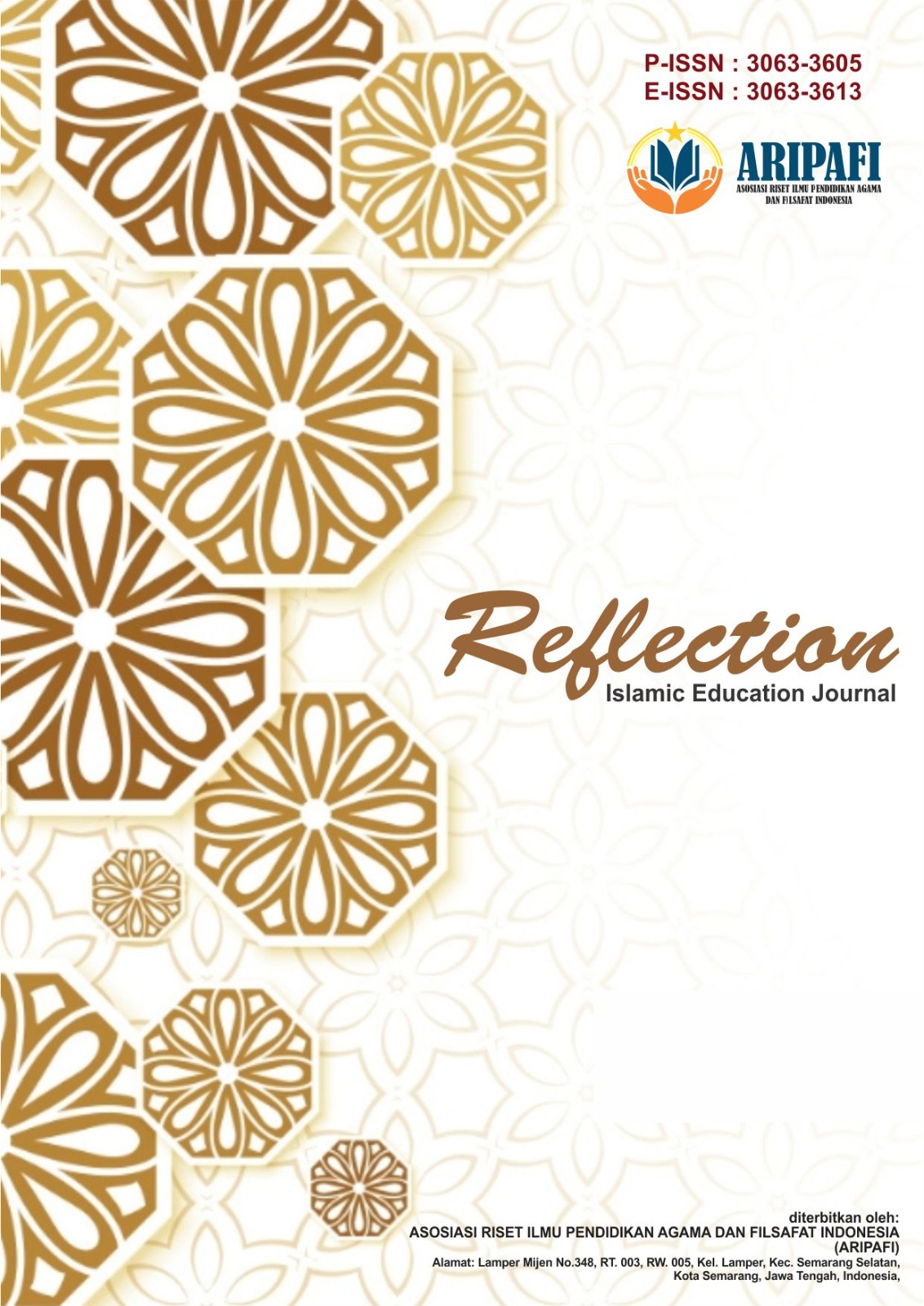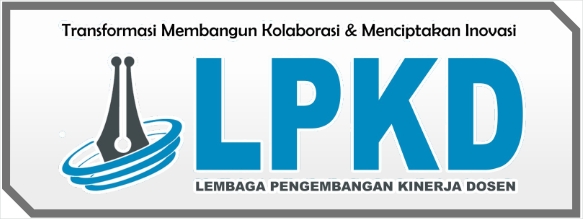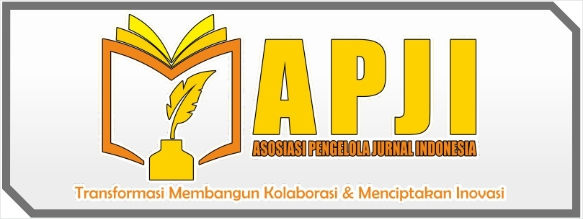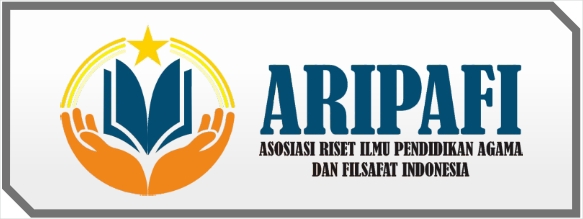Perbandingan Pendidikan di Negara Maju (Negara Amerika Serikat dengan Negara Jerman)
DOI:
https://doi.org/10.61132/reflection.v2i1.443Keywords:
Education, Comparison, United States, GermanyAbstract
Education is an important foundation for individual and societal development. Education systems in various countries have unique characteristics that reflect their values, history and socio-economic needs. In a global context, the education systems in the United States and Germany are examples of two very different but equally influential approaches in shaping the future of their young generation. Education in the United States is known for its diverse and flexible system. The country has adopted a decentralized model, in which educational responsibility rests largely with states and school districts. Curriculum often varies from region to region, giving freedom to adapt course material to local needs. This system also prioritizes the principle of inclusion, with various programs that support diversity and access to education for all students, including those with special needs. High schools offer a variety of educational pathways, including academic, vocational, and arts pathways, giving students the freedom to choose according to their interests and talents. Education in Germany is famous for its structured system and focus on early specialization. After completing basic education, students in Germany follow different educational paths according to their abilities and interests, through a system known as, Realschule or Gymnasium. Vocational education is also receiving great attention in Germany, with many students following a dual system that combines practical training in the workplace with theoretical education at school. This system aims to ensure that students gain skills relevant to the needs of the job market and facilitate a smooth transition from education to the world of work. With these differences in approach, each country offers valuable insight into how education can be organized to meet social and economic goals. Comparative analysis between these two systems can provide insight into the strengths and challenges of each model, as well as the potential for implementing best practices in a global educational context.
References
Assegaf, A. R. (2003). Internasionalisasi pendidikan: Sketsa perbandingan pendidikan di negara-negara Islam dan Barat. Gama Media.
Aziz, M. F. (2017). Pendidikan tinggi di negara-negara maju: Pembelajaran dari model sistem pendidikan Finlandia. Jurnal Pendidikan Internasional, 5(2), 113-124.
Isri, S. (2014). Konsep pendidikan Jerman dan Australia: Kajian komparatif dan aplikatif terhadap mutu pendidikan Indonesia. Jurnal Pendidikan Islam, 4(1).
Kurniawan, A., et al. (2022). Manajemen pendidikan dalam rangka peningkatan kualitas sumber daya manusia. Yayasan Wiyata Bestari Samasta.
Mawaddah, et al. (2023). Manajemen pendidikan. PT. Sonpedia Publishing Indonesia.
Muhtadi, A. (2008). Studi komparatif sistem pendidikan di Jerman dan Korea Selatan. Dinamika Pendidikan, 15(2).
Muslim, I., & Hilmin. (2024). Sistem pendidikan di Jerman. Cendikia: Jurnal Pendidikan dan Pengajaran, 12(3).
Nur, A. S. (2001). Perbandingan sistem pendidikan 15 negara. Penerbit Lubuk Agung.
Prasetyo, B. A. (2015). Perbandingan pendidikan tinggi di Indonesia dan Amerika Serikat: Kajian komparatif. Jurnal Pendidikan Global, 7(4), 98-110.
Purnama, S., & Prasetya, A. (2019). Implementasi kebijakan pendidikan di negara-negara Eropa. Jurnal Kebijakan Pendidikan, 6(3), 45-53.
Rahmat, F., & Simamora, M. (2021). Sistem pendidikan di Jepang dan peranannya dalam pengembangan SDM. Jurnal Pendidikan Internasional, 9(1), 77-85.
Saifullah. (2014). Konsep pendidikan Jerman dan Australia: Kajian komparatif dan aplikatif terhadap mutu pendidikan Indonesia. JIP-International Multidisciplinary, 5(2).
Satriawan, H., & Febriana, P. (2023). Reformasi pendidikan di negara-negara berkembang: Perspektif Indonesia. Jurnal Studi Pendidikan, 6(4), 125-137.
Triyanto, R., & Hidayat, A. (2020). Analisis sistem pendidikan di negara-negara ASEAN. Jurnal Pendidikan Asia Tenggara, 8(3), 90-101.
Wibowo, S. (2022). Perbandingan kurikulum pendidikan di Indonesia dan Inggris. Jurnal Pendidikan Dunia, 10(1), 63-72.













